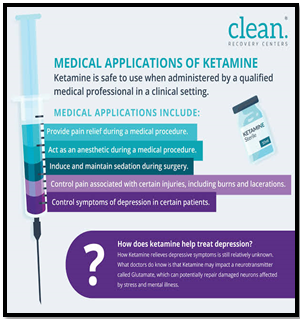KETAMINE
Why in the News?
- Matthew Perry found unresponsive in a hot tub at his Los Angeles home on October 28 at the age of 54.
- Released over a month later, the report Autopsy attributes Perry’s death to the “acute effects” of ketamine.
- Additional contributors: drowning, coronary artery disease, and the impact of opioid buprenorphine.
Understanding Ketamine
- Ketamine Overview:
- Classified as a hallucinogen by the US Drug Enforcement Administration.
- Known as a “dissociative anaesthetic hallucinogen” for its pain detachment properties.
- Historical Context:
- Originating as an animal anaesthetic in the 1960s, later FDA-approved for human use.
- Recent rise in use for treating depression and mental health issues.
Consumption Methods and Effects
- Medical Usage: Administered to mental health patients via IV, nasal spray, or tablets for a defined treatment period.
- Recreational Consumption: Popularly known as K or Special K when used recreationally.
- Administration methods: snorting, injecting, or smoking.
- Perceived Effects:
- Described as a mental reset by some patients, offering pleasant visualizations.
- Impacts brain receptors differently than traditional antidepressants.
Source: Clean Recovery Centre
Safety Concerns:
- Controversial safety profile.
- Doctors highlight safety when taken for medicinal purposes and in appropriate doses.
- Patient anecdotes in The New York Times report suggest potential for addiction and chronic high-dose risks, including severe bladder damage.
- Research Gap: There has been Limited research on prolonged ketamine treatment and its safety implications.

 Source: Clean Recovery Centre
Source: Clean Recovery Centre

